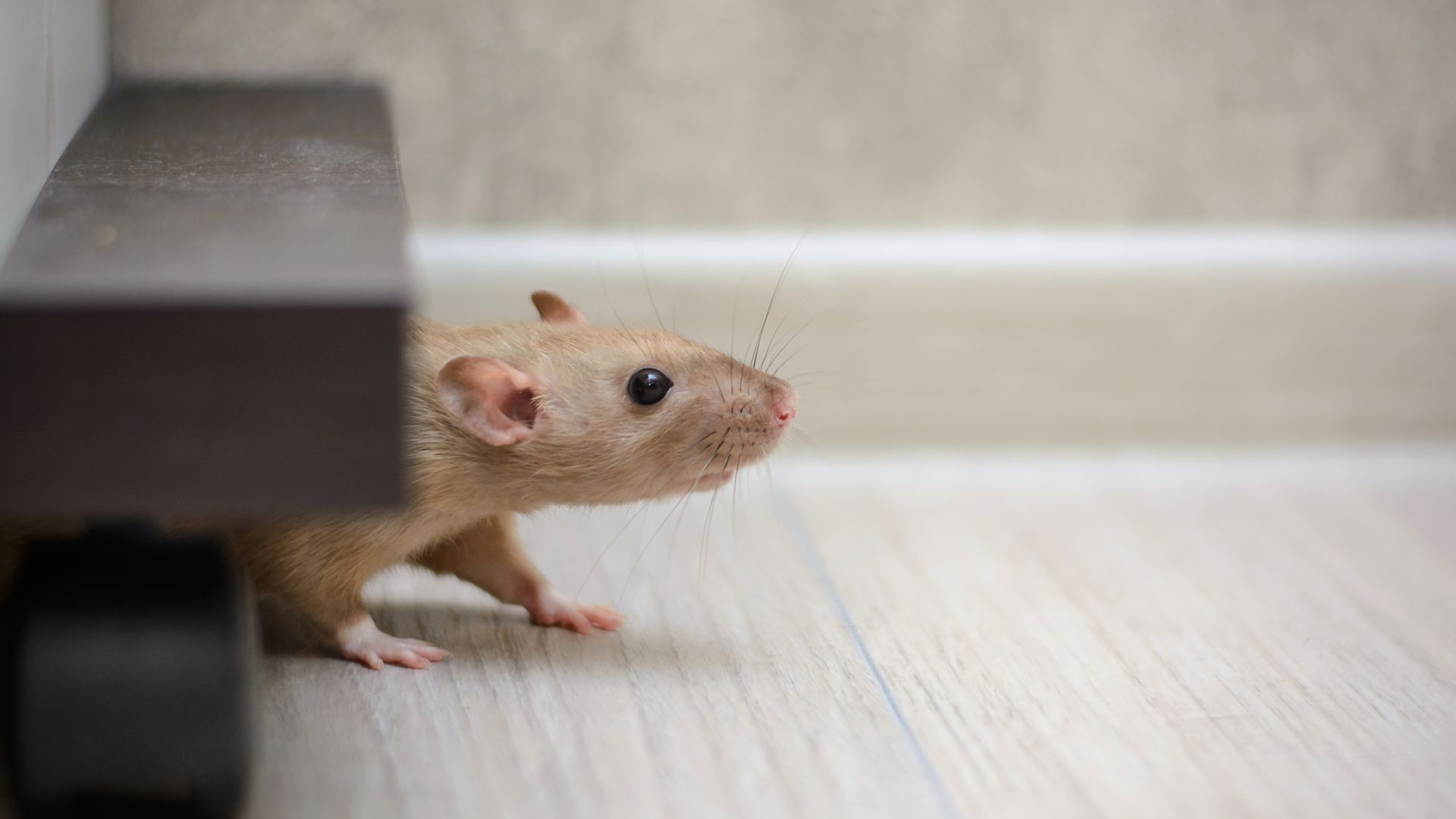Lizard droppings, also known as lizard feces or scat, can vary in appearance depending on the types of lizards and their diet. However, I can provide you with a comprehensive description of typical lizard droppings.
Lizard droppings are usually cylindrical or tubular in shape, similar to small, elongated pellets or sausages. The size of the droppings can vary, with smaller lizards producing smaller feces and larger lizards producing larger ones. They are typically dark or brownish in color, but this can also vary.
The consistency of lizard droppings can be somewhat firm, but it may also be somewhat moist or semi-solid. The texture can resemble that of bird droppings but tends to be less watery. Some species of lizards may have more solid and compact droppings, while others may have looser or softer ones.
The contents of lizard droppings can provide insight into their diet. Lizards are typically insectivorous or herbivorous, and their droppings may contain undigested insect parts, plant matter, or even small seeds, depending on what they have recently eaten.
Lizard droppings can vary between different species, so specific identification may require knowledge of the lizard's diet and habitat. If you come across lizard droppings and are interested in identifying the species or have concerns related to them, it's advisable to consult with a local herpetologist or wildlife expert who can provide more precise information based on the local fauna and conditions. Additionally, handling reptile feces should be done with caution, as some lizards may carry diseases or parasites that can be transmitted to humans.
How Big Are Lizard Droppings?
The size of lizard droppings can vary depending on the species of lizard and its age. Generally, lizard droppings are relatively small and typically range from a few millimeters to around a centimeter or so in length. However, there can be significant variation.
Smaller lizard species, such as geckos or anoles, will have correspondingly smaller droppings, usually in the lower range of a few millimeters in length. Larger lizard species, like iguanas or monitor lizards, may produce larger droppings, which can be closer to a centimeter or slightly longer.
The size of lizard droppings is relative to the size of the lizard itself. Juvenile lizards will have smaller droppings than fully grown adults of the same species. Additionally, the diet of the lizard can also affect the size and consistency of its droppings. A lizard that primarily consumes insects may have smaller and more compact droppings compared to a herbivorous lizard with a diet rich in plant material.
Overall, the size of lizard droppings is a variable characteristic influenced by factors such as lizard species, age, and diet.
What Color Are Lizard Droppings?
The color of lizard droppings can vary depending on the species of lizard and their diet. Generally, lizard droppings are brown or dark in color, similar to shades of brown or dark brown. However, there can be some variations:
- Brown: Many lizard species have brown or dark brown droppings. This color is often a result of the digestion of their food, which can include insects, small prey, and plant material.
- Black: In some cases, lizard droppings can appear black, especially if the lizard has been feeding on a diet that includes dark-colored prey or plant matter.
- Green or Greenish: Lizards that primarily consume plant material may have droppings that are green or greenish in color due to the chlorophyll content in their diet.
- Yellow or Yellowish: Yellowish droppings can occur if a lizard has recently consumed foods with yellow pigments, such as certain fruits or flowers.
- White or Whitish: In some lizard species, uric acid, which is a waste product, is excreted separately from feces. This uric acid can appear white or whitish and may be seen alongside the darker fecal matter.
The color of lizard droppings can be influenced by factors like diet, hydration, and the individual lizard's health. Therefore, while these general color descriptions are a good starting point, there can be variations. If you are trying to identify a particular lizard species or have concerns about a lizard's health based on the color of its droppings, it is advisable to consult with a herpetologist or a veterinarian with expertise in reptiles for a more precise evaluation.
What Shape Are Lizard Droppings?
The shape of lizard droppings is generally cylindrical or tubular, resembling small, elongated pellets or sausages. This tubular shape is a common characteristic of reptile feces. The size and specific shape of lizard droppings can vary depending on the species of lizard and its age.
Here are some key characteristics of the shape of lizard droppings:
- Cylindrical or Tubular: Lizard droppings are typically cylindrical or tubular in shape. They have a solid, elongated form that can vary in length, but they are generally longer than they are wide.
- Segmented: In some cases, lizard droppings may appear slightly segmented or have a bumpy texture along the length of the cylindrical shape. These segments may correspond to the digestive tract of the lizard.
- Size Variation: The size of lizard droppings can vary depending on the size and age of the lizard. Smaller lizard species produce correspondingly smaller droppings, while larger species may produce larger ones.
The precise shape and appearance of lizard droppings can also be influenced by factors such as the lizard's diet, hydration level, and health. If you come across lizard droppings and are interested in identifying the species or have concerns related to them, consulting with a local herpetologist or wildlife expert can provide more specific information based on the local fauna and conditions. Additionally, handling reptile feces should be done with caution, as some lizards may carry diseases or parasites that can be transmitted to humans.

